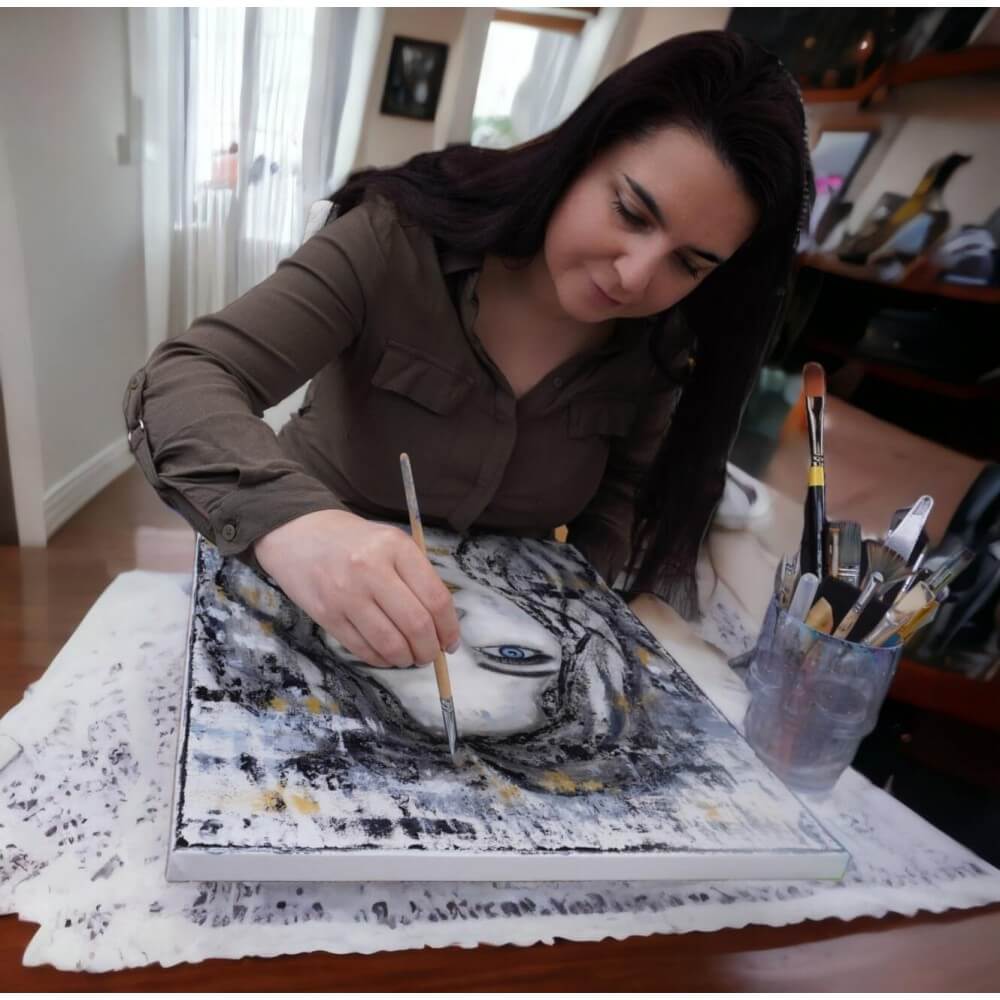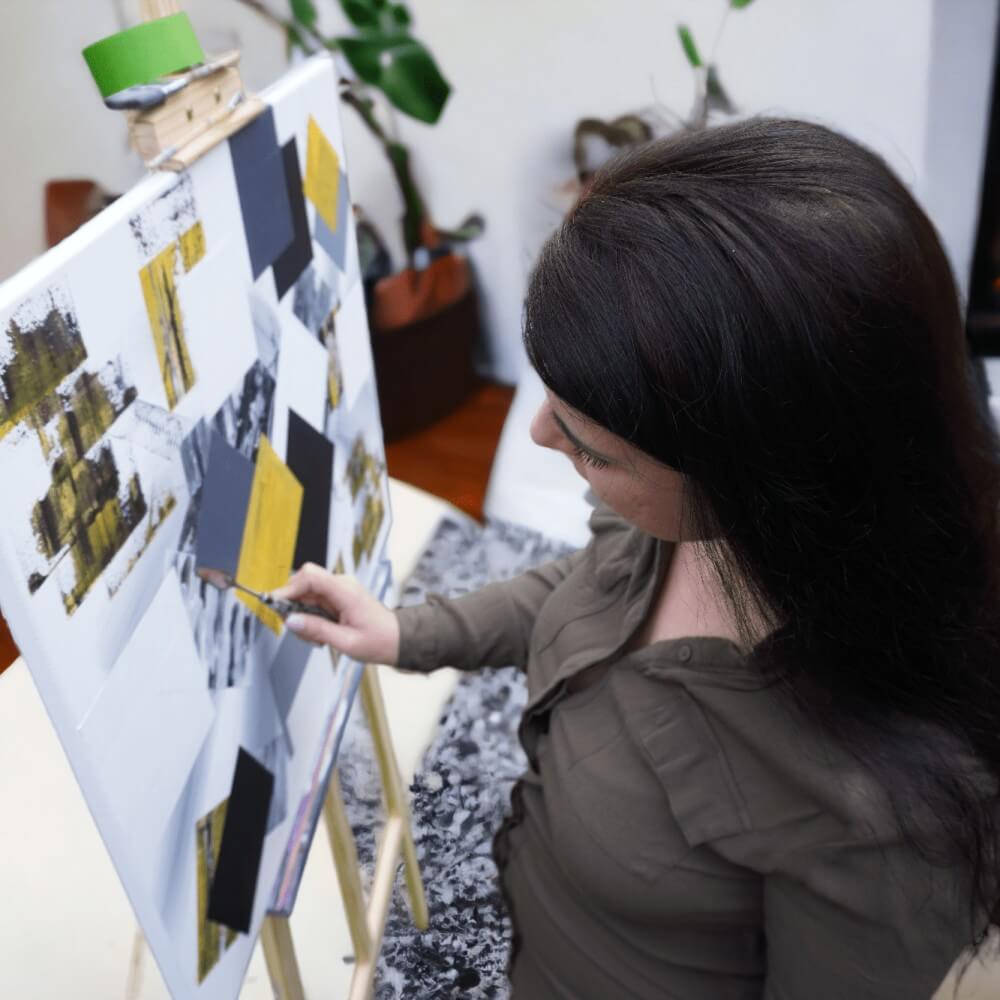Mastering the Art of Using Colors in Oil and Acrylic Painting
Introduction
Color is a powerful tool for artists, and knowing how to use it effectively can make all the difference in creating a stunning work of art. Whether you're working with oil or acrylic paints, understanding color theory and color mixing techniques is essential for achieving the desired effect in your painting. In this blog post, we will explore some of the key tips and techniques for using colors correctly in oil and acrylic painting.
Color Theory
Color theory is the study of how colors interact with each other and how they can be combined to create new colors. Understanding the basics of color theory is crucial for any artist looking to use colors effectively in their paintings.
The Color Wheel
The color wheel is a fundamental tool for understanding color theory. It consists of the primary colors (red, blue, and yellow), the secondary colors (orange, green, and purple), and the tertiary colors (yellow-green, blue-green, blue-purple, red-purple, red-orange, and yellow-orange). By mixing these colors together in various combinations, you can create an almost infinite range of colors.
Color Harmony
Color harmony refers to the way that colors work together in a painting. There are several different types of color harmony, including complementary colors (colors that are opposite each other on the color wheel), analogous colors (colors that are next to each other on the color wheel), and triadic colors (colors that form a triangle on the color wheel). By using these color harmonies in your painting, you can create a sense of balance and harmony that will enhance the overall effect of your work.
Color Mixing
Color mixing is the process of combining different colors to create new ones. There are several different techniques for color mixing, including mixing colors on a palette, mixing colors directly on the canvas, and glazing (applying a transparent layer of color over an existing layer). By experimenting with different color mixing techniques, you can create a wide range of colors and effects in your painting.
Mixing Colors on a Palette
Mixing colors on a palette is the most common color mixing technique used by artists. To mix colors on a palette, simply place two or more colors next to each other on your palette and use a palette knife or brush to blend them together. This technique allows you to create a wide range of colors and shades, and it's easy to control the intensity of the colors by adjusting the amount of paint you use.
Mixing Colors Directly on the Canvas
Mixing colors directly on the canvas is a more advanced color mixing technique that requires a bit more skill and experience. To mix colors directly on the canvas, you'll need to apply one color to the canvas, and then apply another color on top of it while the first layer is still wet. You can then use a brush or palette knife to blend the colors together, creating a range of different shades and tones.
Glazing
Glazing is a technique that involves applying a transparent layer of color over an existing layer. This technique is often used to create subtle changes in color and to enhance the depth and richness of a painting.


